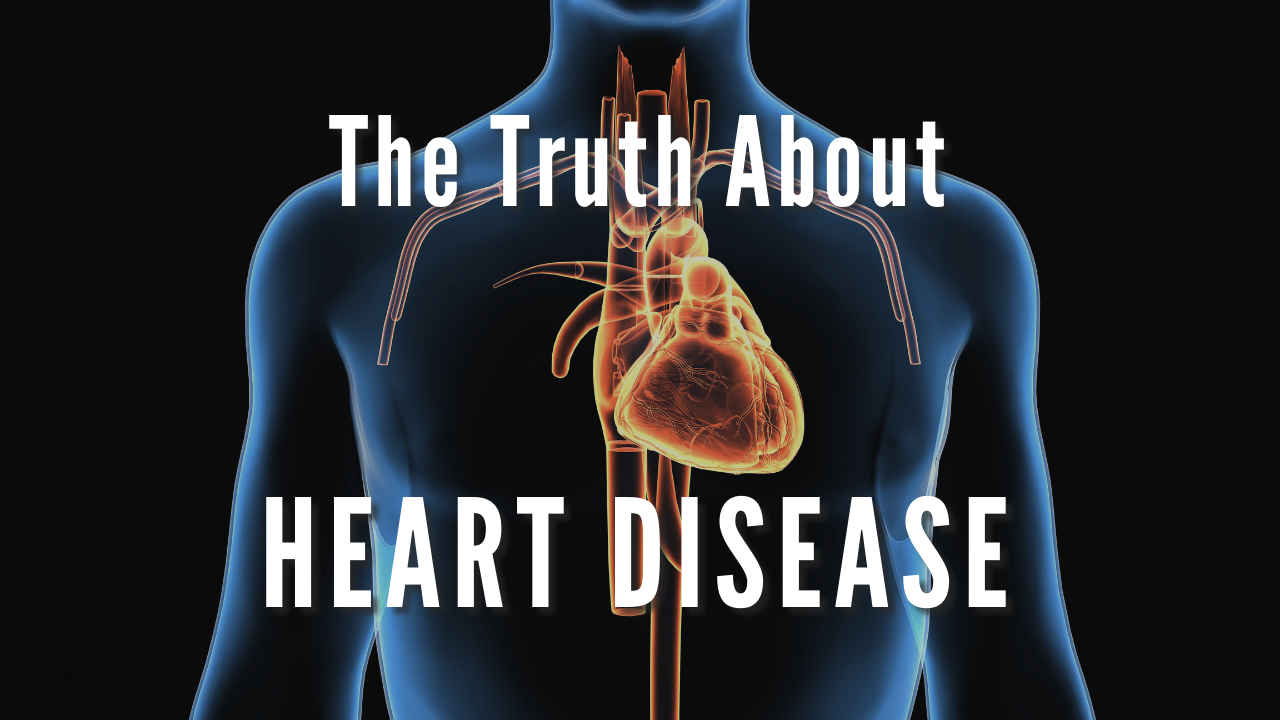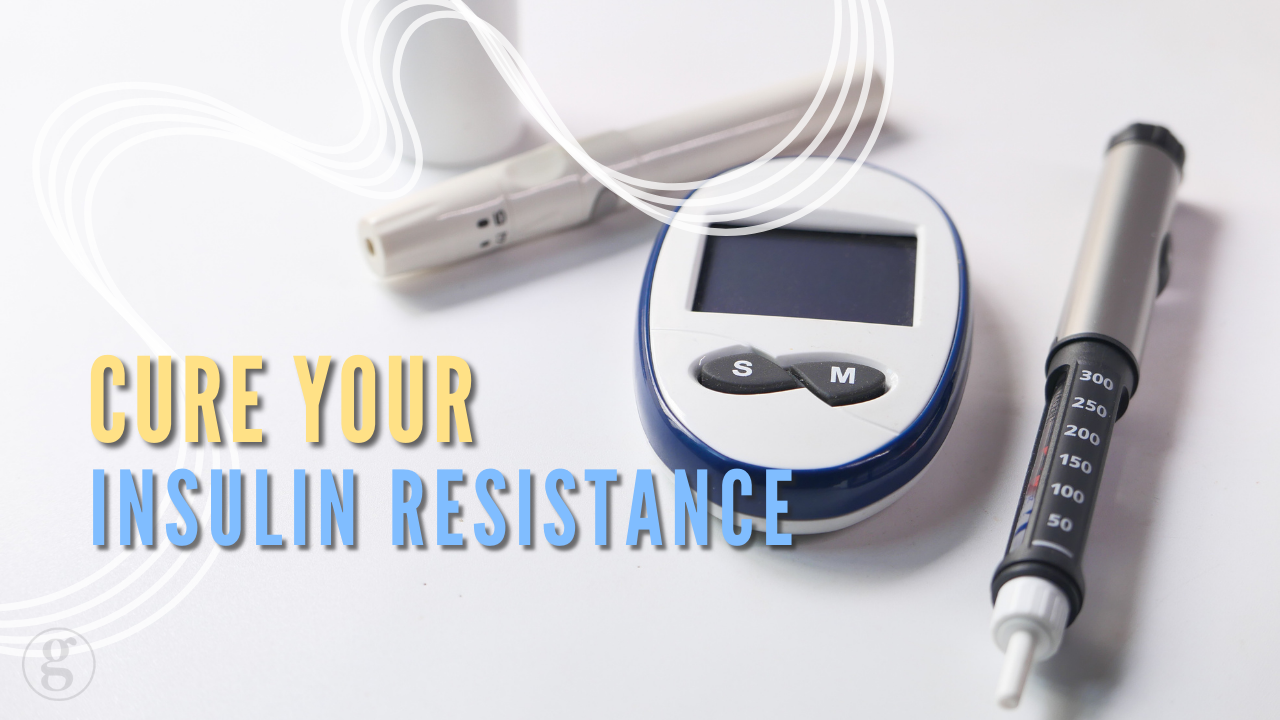Healing Benefits of Fasting and How to Refeed Safely

Have you ever wondered why fasting is being talked about as more than just a weight loss tool? The healing benefits of fasting are backed by emerging science, showing that when done correctly, it can support the body’s natural repair processes, reduce inflammation, and improve metabolic health.
Fasting has been practiced for centuries, but only in recent years have researchers begun to uncover how it can help the body shift from a state of consumption to one of restoration. The key is understanding what fasting actually does—and how to reintroduce food safely when the fast ends.
What Happens to the Body During a Fast?
During times of fasting, the body shifts into a state of preservation and repair that is deeply rooted in human evolution. Thousands of years ago, when food wasn’t always available, our ancestors had to go without eating while still needing the strength and mental clarity to hunt, forage, and survive. The body adapted by activating internal repair mechanisms during these fasted states, cleaning up damaged cells, improving metabolic efficiency, and sharpening brain function.
Rather than slowing down, the body becomes more resilient, prioritizing energy for essential systems and enhancing performance to increase the chances of survival.
Autophagy: The Body’s Natural Detox Mechanism

One of the most studied healing benefits of fasting is a process called autophagy, where cells break down and recycle damaged parts. This cellular “clean-up” process removes misfolded proteins, damaged mitochondria, and other waste that can contribute to inflammation and chronic disease.
A Nobel Prize was awarded in 2016 to Dr. Yoshinori Ohsumi for uncovering how autophagy supports longevity and disease prevention.
Reduced Inflammation and Oxidative Stress

Studies show fasting can reduce pro-inflammatory markers like IL-6 and TNF-alpha, while boosting antioxidant activity. This helps the body fight free radicals and may ease issues like joint discomfort, cardiovascular strain, and even brain fog.
Improved Insulin Sensitivity

When you fast, insulin levels drop. This allows your body to reset its sensitivity to insulin, leading to better blood sugar control and more efficient fat metabolism. Over time, this can lower the risk of insulin resistance and type 2 diabetes.
Immune System Regeneration

Longer fasts—typically 48 to 72 hours—have been shown in animal studies to stimulate stem cell activity and white blood cell regeneration, helping to renew the immune system and promote overall resilience.
How to Refeed Safely After a Fast
Many people focus on the fast itself, but the way you refeed is just as important. After a fast, your body becomes more sensitive to nutrients. Done correctly, this is a good thing. Done poorly, it can lead to inflammation, blood sugar crashes, and digestive discomfort.
Even worse, flooding the body with low-quality, processed foods right after a fast can introduce mutagens and carcinogens that may interfere with cell repair.
Here’s how to protect and extend the healing benefits of fasting by refeeding wisely.
Start with Nutrient-Dense, Gentle Foods
Your digestive system needs time to wake back up. Begin with small portions of simple, unprocessed foods such as:
- Bone broth
- Steamed vegetables like carrots or zucchini
- Light proteins like eggs or white fish
- A small amount of healthy fat like avocado or olive oil
These foods are easy to digest and help replenish essential minerals like sodium, potassium, and magnesium.
Avoid Processed Foods and Known Toxins
Some foods introduce harmful compounds that can disrupt healing. Be especially cautious to avoid:
- Advanced glycation end-products (AGEs) found in grilled, fried, or overly processed foods
- Nitrites and nitrates in processed meats
- Artificial dyes, preservatives, and emulsifiers
- Charred meats, which may contain carcinogens like heterocyclic amines
The World Health Organization classifies processed meats as carcinogenic, and ongoing research links these compounds with oxidative stress and cellular damage.
Support Repair with Antioxidant-Rich Foods
Once your digestion has adjusted, add foods rich in polyphenols and antioxidants to further support healing:
- Berries
- Leafy greens
- Cruciferous vegetables like broccoli
- Green tea
- Spices such as turmeric and ginger
These nutrients help protect against DNA damage and assist in detoxification.
Reintroduce Protein Gradually
Fasting temporarily suppresses a cellular growth pathway called mTOR, which helps control cell growth and division. While mTOR is important for rebuilding tissue, too much protein too soon can activate this pathway too aggressively.
Start with small servings of high-quality protein such as:
- Pasture-raised eggs
- Wild-caught fish
- Grass-fed meats
Research suggests that easing into protein helps maintain the repair-focused benefits of fasting without overstimulating cell growth.
Final Thoughts
The healing benefits of fasting are real, measurable, and supported by research. From cellular repair to reduced inflammation and immune renewal, fasting gives the body a break from constant intake so it can focus on restoration.
But fasting is only half the equation. What you choose to eat afterward matters just as much. Refeeding with intention protects the work your body has done and builds a stronger foundation for long-term health.
Used thoughtfully, fasting isn’t just a dietary choice—it’s a tool for healing.
Want to learn more about optimizing your health and longevity? Visit our Blog Home Page for more expert insights. If you’re interested in working directly with Dr. G to see if you’re an ideal client, you can explore more here. Additionally, take a look at Dr. G’s supplement line for products designed to support your metabolic health at Cyrene Labs (Cyrene labs products are only available through licensed providers).
References:
Autophagy and disease prevention:
- Reference: Levine, B., & Kroemer, G. (2008). Autophagy in the pathogenesis of disease. Cell, 132(1), 27–42. https://doi.org/10.1016/j.cell.2007.12.018
- Reference: Mizushima, N., & Komatsu, M. (2011). Autophagy: renovation of cells and tissues. Cell, 147(4), 728–741. https://doi.org/10.1016/j.cell.2011.10.026
Fasting and inflammation reduction:
- Reference: Longo, V. D., & Panda, S. (2016). Fasting, circadian rhythms, and time-restricted feeding in healthy lifespan. Cell Metabolism, 23(6), 1048–1059. https://doi.org/10.1016/j.cmet.2016.06.001
Fasting and immune system regeneration:
- Reference: Cheng, C. W., et al. (2014). Prolonged fasting reduces IGF-1/PKA to promote hematopoietic-stem-cell-based regeneration and reverse immunosuppression. Cell Stem Cell, 14(6), 810–823. https://doi.org/10.1016/j.stem.2014.04.014
Fasting and metabolic health:
- Reference: Patterson, R. E., & Sears, D. D. (2017). Metabolic effects of intermittent fasting. Annual Review of Nutrition, 37, 371–393. https://doi.org/10.1146/annurev-nutr-071816-064634
Processed meat and cancer risk (WHO classification):
- Reference: Bouvard, V., et al. (2015). Carcinogenicity of consumption of red and processed meat. The Lancet Oncology, 16(16), 1599–1600. https://doi.org/10.1016/S1470-2045(15)00444-1
Advanced glycation end-products (AGEs) and diet:
- Reference: Uribarri, J., et al. (2010). Advanced glycation end products in foods and a practical guide to their reduction in the diet. Journal of the American Dietetic Association, 110(6), 911–916.e12. https://doi.org/10.1016/j.jada.2010.03.018
Protein intake, mTOR, and cancer risk:
- Reference: Levine, M. E., et al. (2014). Low protein intake is associated with a major reduction in IGF-1, cancer, and overall mortality in the 65 and younger but not older population. Cell Metabolism, 19(3), 407–417. https://doi.org/10.1016/j.cmet.2014.02.006



